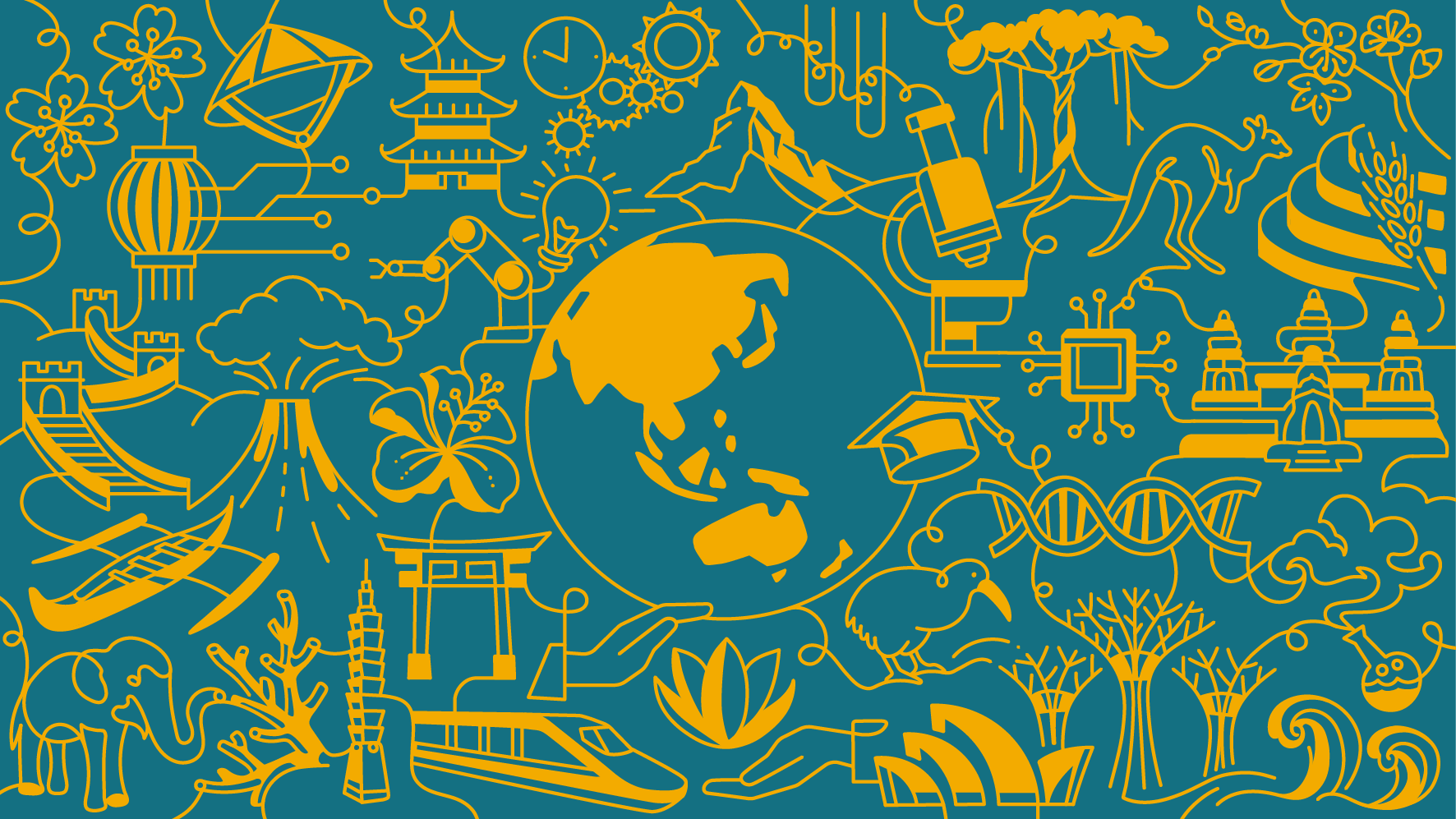Connection over confrontation: Southeast Asia at the crossroads
How can middle powers shape Asia's future in a post-hegemonic world? That was the central question posed by Pita Limjaroenrat, Thailand's former Prime Minister-designate, at the State of Asia Address on 5 November 2025. Hosted jointly by the University of Zurich (UZH) and Asia Society Switzerland, his keynote examined Southeast Asia's perspective in a rapidly transforming geopolitical landscape.

"It feels quite surreal to be in this room, speaking about the state of Asia, knowing that in this very room 80 years ago Sir Winston Churchill delivered one of his most famous speeches — a call to let Europe arise." With these words, Pita Limjaroenrat, former Prime Minister-designate of Thailand and Senior Fellow at Harvard Kennedy School, opened his keynote in the historic Aula Magna of the University of Zurich. We might be at the same crossroads, he noted, a transitional period when an era has ended, but the new chapter hasn't been written yet. It offers parallels for what power, progress and peace will look like in Asia, and how middle powers can design a stable, connected and forward-looking Asia.
Power, progress and peace – The next chapter of Asia
"A stable Asia is the ultimate goal," said Limjaroenrat, urging Asian leaders to come together and actively design peace rather than hope for it. The region is "neither at war nor at peace," he noted, and for stability to become a reality, he pointed to three requirements: guardrails to prevent accidents from escalating, clear rules to clarify grey zones, and institutional space for rivalries to come together.
Limjaroenrat argued that the post-hegemonic world offers Asia an opportunity to build a new order based on connection rather than confrontation. Through small, flexible and effective coalitions, Southeast Asian middle powers can become the "connective tissue" between great powers. This approach replaces top-down governance with decentralized, bottom-up cooperation — what UZH Prof. Ralph Ossa called "patchwork multilateralism" in a discussion with Limjaroenrat following his keynote speech. Ralph Ossa, UBS Foundation Professor of Economics at the University of Zurich and former Chief Economist at the World Trade Organization (WTO), specializes in international economics, and his research has focused on trade policy, trade wars and the economic gains from international trade, among other topics.
Asia's next chapter will be about transformation from the world's factory to the world's laboratory, Limjaroenrat argued. He explained that the region must evolve from manufacturing to innovation, shifting from scale to creativity. To get there, he pointed to The Great Convergence, but this time not between the East and the West, but the North and the South, with capital and know-how in East and Northeast Asia, and young demographics and dynamism in South and Southeast Asia. "In fact, 30% of the global growth next year will be from South and Southeast Asia. That's the new center of gravity," said Limjaroenrat, explaining that it's the first time in many years that global growth will come from developing Asia.

Navigating competition, democracy and partnership
The discussion with Prof. Ossa addressed how Southeast Asia navigates today's rivalry between the United States and China seeking influence across the region, and how they can turn strategic competition into economic and political advantage. "A lot of Asian leaders mistake neutrality for a position, but it's a capability," said Limjaroenrat. Building that capability requires initiatives, diversification and flexible action-oriented alliances that create resilience — stabilizing the international system while preserving autonomy.
Limjaroenrat was candid about democratic challenges in Southeast Asia. "I am a product of democratic backsliding," he acknowledged, noting that across the region, democracy is often treated as a family business rather than a system of governance. Yet he remains optimistic that democracy in Asia is evolving rather than retreating, offering South Korea's democratic transition as a hopeful example.
As middle powers emerge as decentralized nodes in a new global order, shaping solutions to shared challenges, new partnerships become vital. Limjaroenrat sees Europe as a natural partner. Referencing a saying from the US, he noted: "Europe provides the rules, Asia scales the tools." However, their relationship should evolve from dependency to mutual complementarity, he emphasized, with Europe's regulatory strengths in green finance, carbon pricing, and AI ethics complementing Asia's scaling capacity. A stronger Europe-Asia partnership could model the balance of trust and pragmatism that a connected world requires.
Fostering Asia's competence
UZH's engagement with Asia runs deep. As a strategic partner of Kyoto University and member of the global university network Universitas 21 (U21), the university collaborates with leading institutions across China, Indonesia, Japan, Korea and Singapore. Through the Leading House Asia Pacific, mandated by SERI, UZH advances Switzerland's scientific partnerships across the Asia Pacific. Nearly 1,500 Asian students—roughly one quarter of all international students—and over 600 staff members from the region are hosted at the university, making Asia an integral part of UZH's academic and research community.
Tiffany Merz-Cheok & Aspasia Daskalopoulou


